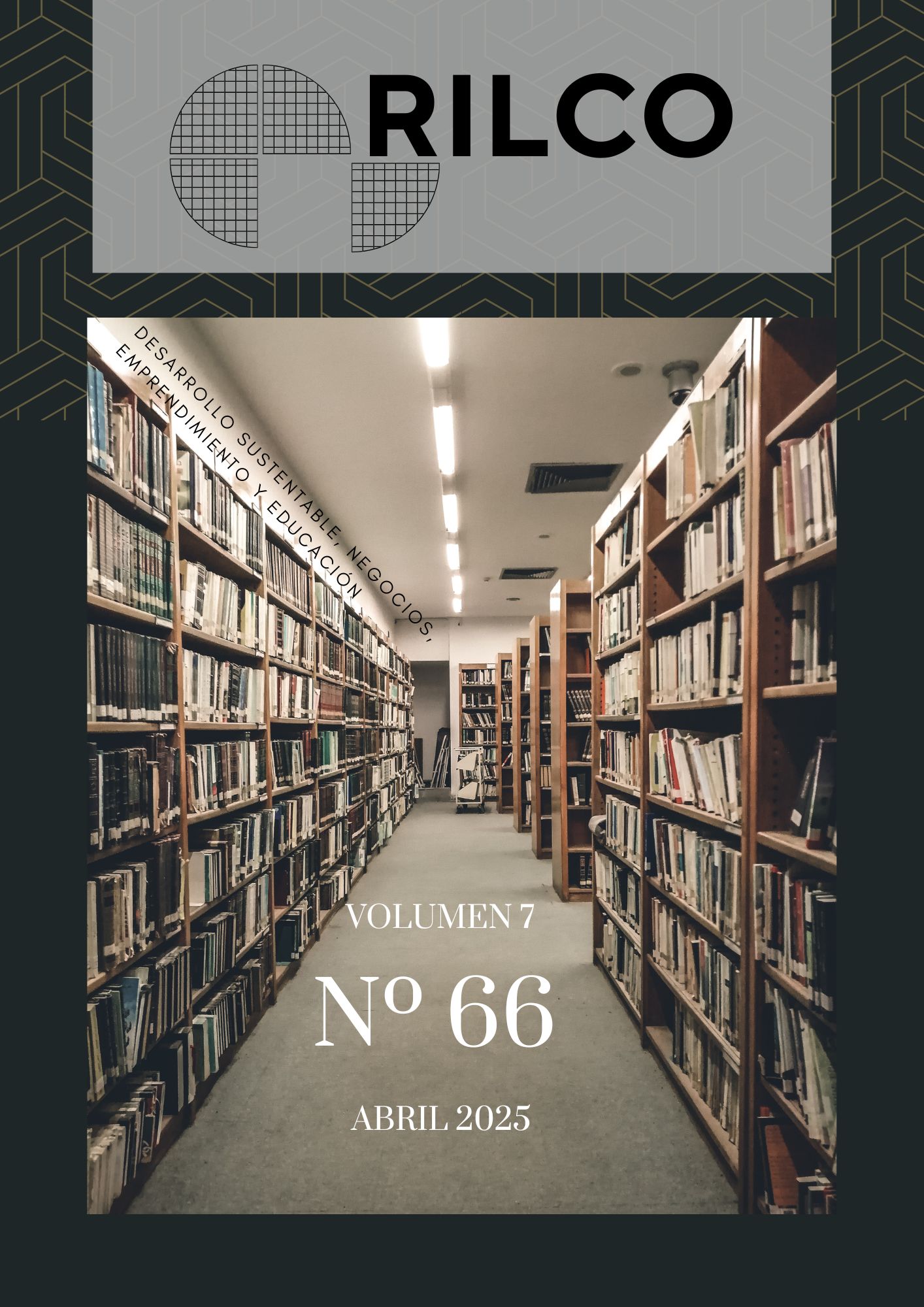La calidad educativa con influencia de la estructura familiar
DOI:
https://doi.org/10.51896/rilcods.v7i66.830Palabras clave:
Calidad de la Educación, Familia, Rendimiento Escolar, Eficiencia de la Educación, Medio FamiliarResumen
Se estudia cómo las diversas configuraciones y dinámicas familiares impactan en los resultados educativos de los estudiantes. A través de un análisis exhaustivo de estudios previos, informes académicos y datos estadísticos, se exploran las relaciones entre la estructura familiar —incluyendo familias nucleares, monoparentales, extendidas y reconstituidas— y la calidad educativa, medida en términos de rendimiento académico, comportamiento escolar y desarrollo socioemocional. El estudio revela que la estabilidad y el apoyo dentro del entorno familiar son factores cruciales que influyen positivamente en la calidad educativa. Las familias nucleares tienden a ofrecer un entorno más estable y recursos educativos más consistentes, mientras que las familias monoparentales, a menudo enfrentan desafíos adicionales que pueden afectar negativamente el desempeño académico. Asimismo, se destaca el papel de la comunicación y el involucramiento parental en la educación de los hijos como elementos fundamentales para mejorar los resultados académicos. Las investigaciones documentadas indican que una mayor participación de los padres en la vida escolar y académica de los hijos se correlaciona con un mejor desempeño educativo, independientemente de la estructura familiar. La investigación subraya la importancia de políticas educativas y sociales que fortalezcan el apoyo a las familias en diversas configuraciones, promoviendo un entorno que favorezca la calidad educativa para todos los estudiantes.
Citas
Becker, G. S. (1964). Capital humano: Un análisis teórico y empírico, con especial referencia a la educación. University of Chicago Press.
Bronfenbrenner, U. (1979). La ecología del desarrollo humano: Experimentos por naturaleza y diseño. Harvard University Press.
Carter, R., & Williams, K. (2022). The role of social capital in educational quality across diverse family structures. Australian Journal of Education, 66(4), 502-518. https://doi.org/10.1177/00049441221104456
Coleman, J. S. (1988). El capital social en la creación de capital humano. American Journal of Sociology, 94, S95-S120. https://doi.org/10.1086/228943
Davies, P. T., & Cummings, E. M. (1994). Marital conflict and child adjustment: An emotional security hypothesis. Psychological Bulletin, 116(3), 387-411. https://doi.org/10.1037/0033-2909.116.3.387
Donabedian, A. (1980). La definición de calidad y los enfoques para su evaluación. Health Administration Press.
Fernandez, M., Ruiz, J. A., & Ortega, J. (2023). Resultados académicos en familias nucleares versus extensas: un análisis comparativo en España. International Journal of Educational Research, 110, 80-95. https://doi.org/10.1016/j.ijer.2023.101055
González, L. F., & Pérez, M. J. (2023). La estructura familiar y su impacto en la salud mental y el rendimiento académico de los estudiantes en México. Journal of School Psychology, 90, 120-134. https://doi.org/10.1016/j.jsp.2023.01.002
Hetherington, E. M. (1993). Una visión general de los efectos del divorcio en los niños. In M. E. Lamb (Ed.), El papel del padre en el desarrollo infantil (pp. 85-111). John Wiley & Sons.
Lee, Y. S., & Choi, S. K. (2022). The effects of family structure on academic achievement in South Korean adolescents: A longitudinal study. Journal of Educational Psychology, 114(3), 523-537. https://doi.org/10.1037/edu0000598
Smith, A. E., & Thompson, R. L. (2021). Parental stress and its impact on educational outcomes in single-parent families. Educational Research Review, 16(2), 179-191. https://doi.org/10.1016/j.edurev.2021.100440
Publicado
Cómo citar
Número
Sección
Licencia

Esta obra está bajo una licencia internacional Creative Commons Atribución-NoComercial 4.0.
Usted es libre de:
- Compartir — copiar y redistribuir el material en cualquier medio o formato
- Adaptar — remezclar, transformar y construir a partir del material
Bajo los siguientes términos:
- Atribución — Usted debe dar crédito de manera adecuada, brindar un enlace a la licencia, e indicar si se han realizado cambios. Puede hacerlo en cualquier forma razonable, pero no de forma tal que sugiera que usted o su uso tienen el apoyo de la licenciante.
- NoComercial — Usted no puede hacer uso del material con propósitos comerciales.



